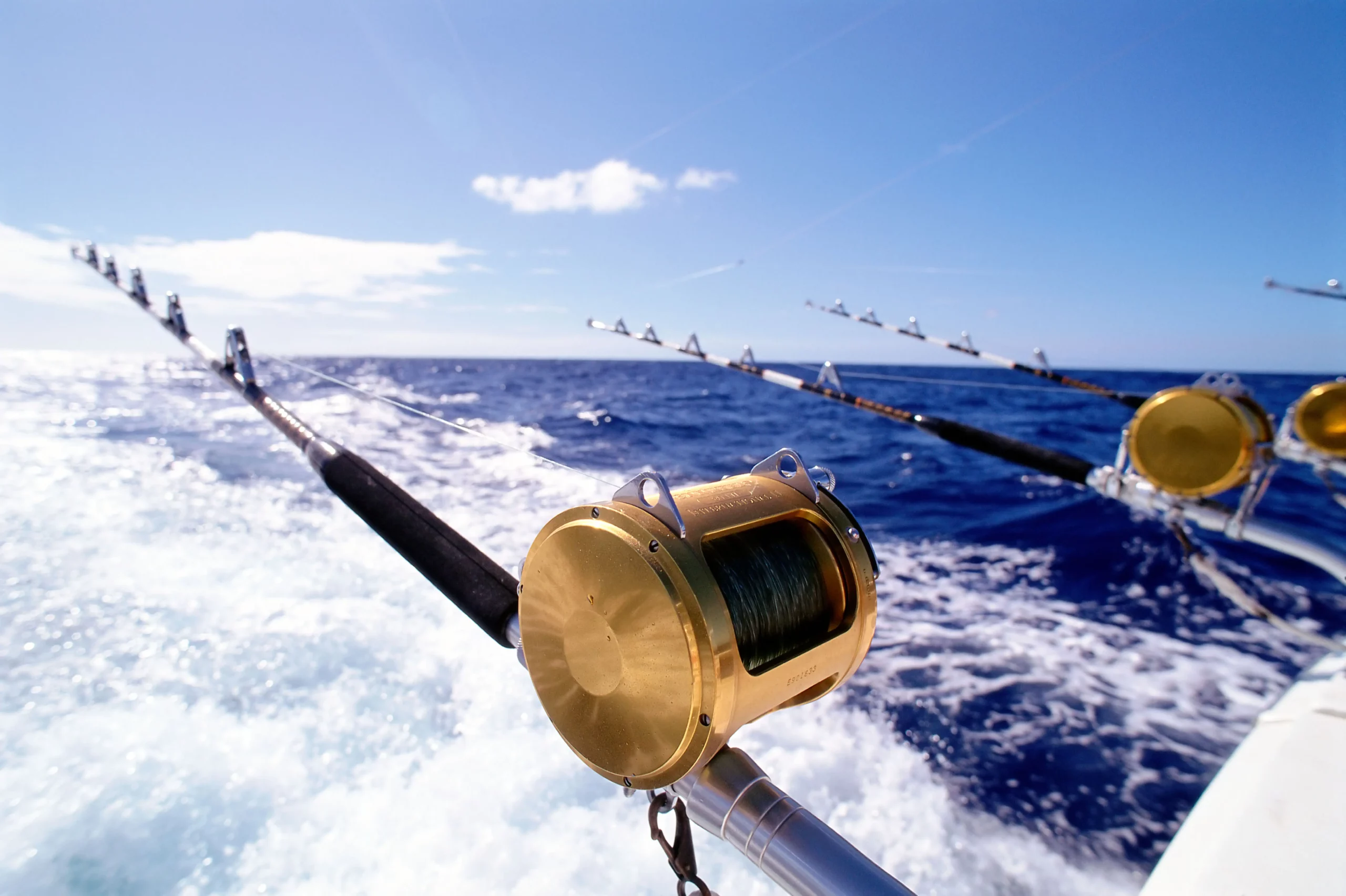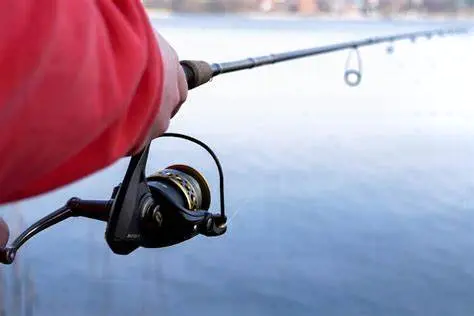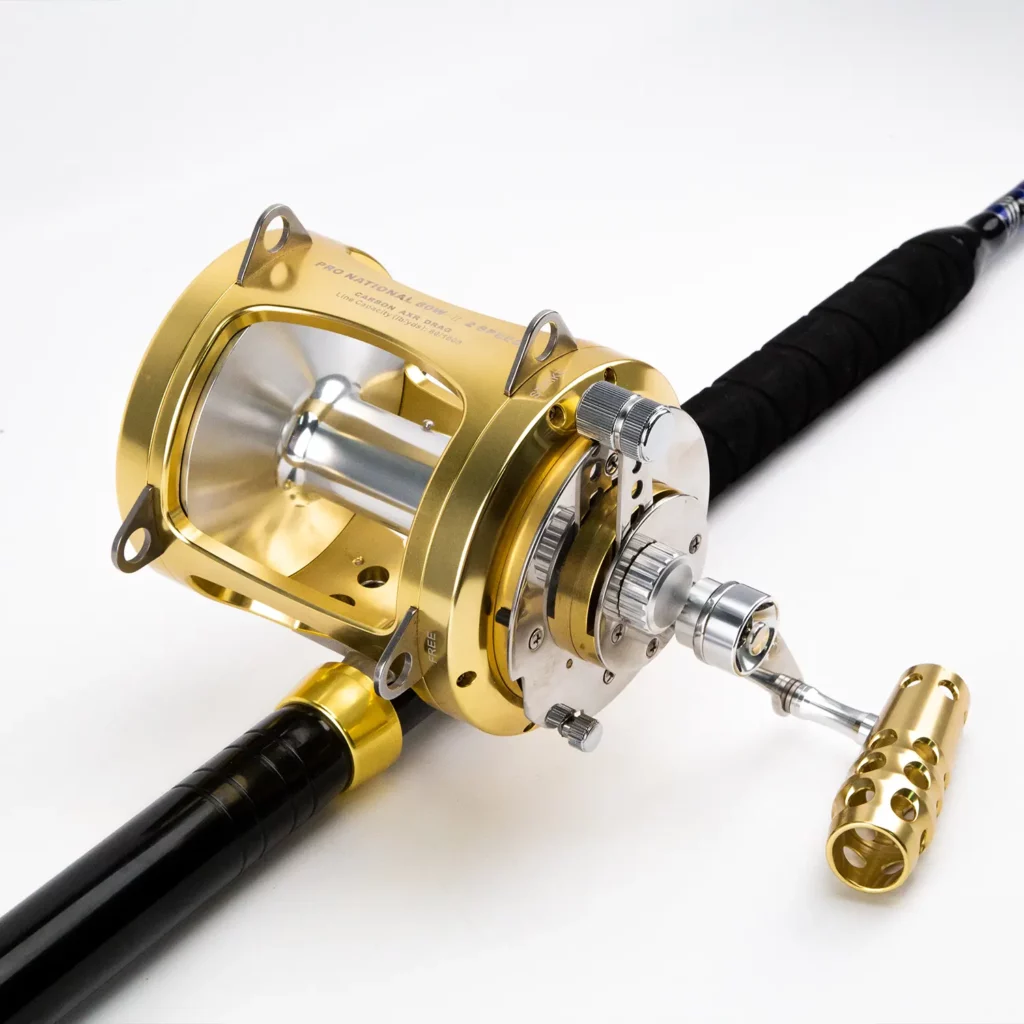Maintaining saltwater fishing reels is essential for several reasons, and it plays a critical role in ensuring the longevity and optimal performance of your fishing equipment. Here are the key reasons why regular maintenance of saltwater fishing reels is necessary:
1. Corrosion Prevention:
- Saltwater is corrosive and can lead to the rusting of metal components in fishing reels. Regular maintenance helps remove salt residue and prevents corrosion, preserving the integrity of the reel’s structure.
2. Optimal Performance:
- Well-maintained reels perform better on the water. Lubricating moving parts and cleaning out debris ensures smooth operation and enhances the reel’s overall performance.
3. Extended Lifespan:
- Proper maintenance can significantly extend the lifespan of a saltwater fishing reel. Corrosion and wear are major factors that can shorten the life of your equipment, but regular care helps mitigate these issues.
4. Reliability on the Water:
- When fishing, you want to be confident in the reliability of your equipment. Regular maintenance reduces the risk of unexpected failures or malfunctions, allowing you to focus on your fishing experience.
5. Preservation of Drag System:
- The drag system is crucial for controlling the line when fighting a fish. Regular maintenance, including checking and greasing drag washers, ensures a consistent and reliable drag, preventing jerky movements that could result in lost fish.
6. Prevention of Malfunctions:
- Salt, sand, and debris can accumulate in the internal components of a reel, leading to malfunctions or blockages. Cleaning and lubricating the reel prevent these issues, ensuring all parts move freely and correctly.
7. Cost Savings:
- Investing time in regular maintenance can save money in the long run. Replacing a reel due to neglect is more expensive than the cost of routine maintenance, which usually involves simple tasks and minimal expenses for lubricants and cleaning agents.
8. Improved Line Management:
- Clean and well-lubricated reels contribute to better line management. A smooth-working bail and spool mechanism help prevent tangles and ensure a more enjoyable fishing experience.
9. Enhanced Sensitivity:
- A well-maintained reel is more responsive to subtle changes in the line, allowing anglers to detect bites and changes in the underwater environment more effectively.
10. Pride of Ownership:
- Regular maintenance reflects a sense of pride and responsibility in your fishing equipment. Taking care of your gear not only ensures its functionality but also demonstrates your commitment to the sport.
In summary, maintaining saltwater fishing reels is crucial for preserving their condition, ensuring reliable performance, and maximizing their lifespan. A well-maintained reel contributes to a more enjoyable and successful fishing experience while minimizing the risk of equipment failures on the water.
So maintaining saltwater fishing reels is crucial to ensure their longevity and optimal performance, especially given the corrosive nature of saltwater. Here’s a step-by-step guide on how to maintain saltwater fishing reels:

Step-by-Step Guide to Maintaining Saltwater Fishing Reels:
1. Gather Necessary Tools:
- Screwdrivers
- Reel oil and grease
- Soft cloth or paper towels
- Toothbrush or small brush
- Reel cleaner or mild soap and water
2. Disassemble the Reel:
- Refer to the manufacturer’s manual for specific instructions.
- Lay out parts systematically to avoid confusion during reassembly.
3. Clean the Reel:
- Use a soft cloth or paper towel to wipe off any visible salt, sand, or debris.
- For smaller components, use a toothbrush to gently scrub away dirt.
4. Wash with Freshwater:
- Rinse the reel thoroughly with freshwater to remove salt and other contaminants.
- Pay special attention to the line roller and bail area.
5. Inspect the Drag System:
- Check the drag washers for wear and tear.
- If needed, apply a small amount of drag grease to ensure smooth operation.
6. Lubricate Moving Parts:
- Apply reel oil to the handle knobs, bail arm, and other moving parts.
- Use a reel grease for gears and bearings.
7. Reassemble the Reel:
- Refer to the manual to correctly assemble the reel components.
- Tighten screws securely but avoid over-tightening.
8. Check the Line:
- Inspect the fishing line for any signs of wear or damage.
- Replace the line if necessary.
9. Store Properly:
- Store your reel in a cool, dry place away from direct sunlight.
- Use a reel cover to protect it from dust and scratches.
10. Regular Maintenance Schedule:
- Establish a routine for reel maintenance, especially after saltwater use.
- Clean and lubricate your reel at least once a month during the fishing season.
Additional Tips:
- Avoid using high-pressure water for cleaning, as it may force salt and debris into sensitive parts.
- Use only products recommended by the reel manufacturer to prevent damage.
- If you’re unsure about any aspect of maintenance, consult the manufacturer’s customer support or a professional.



